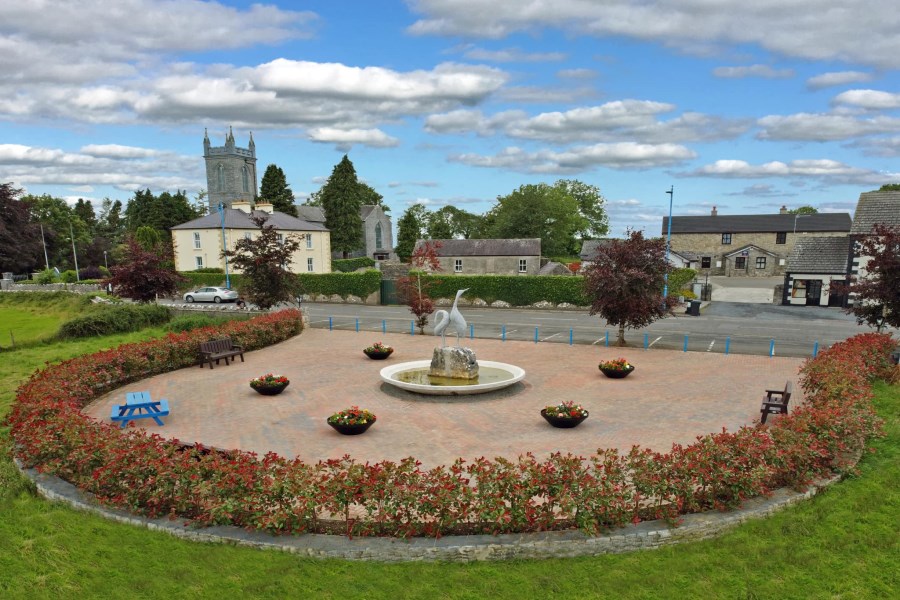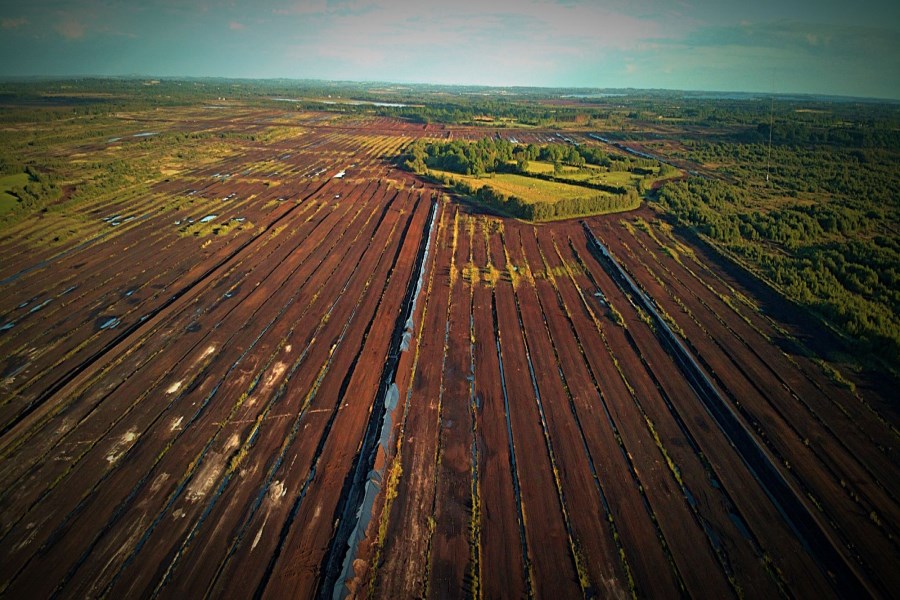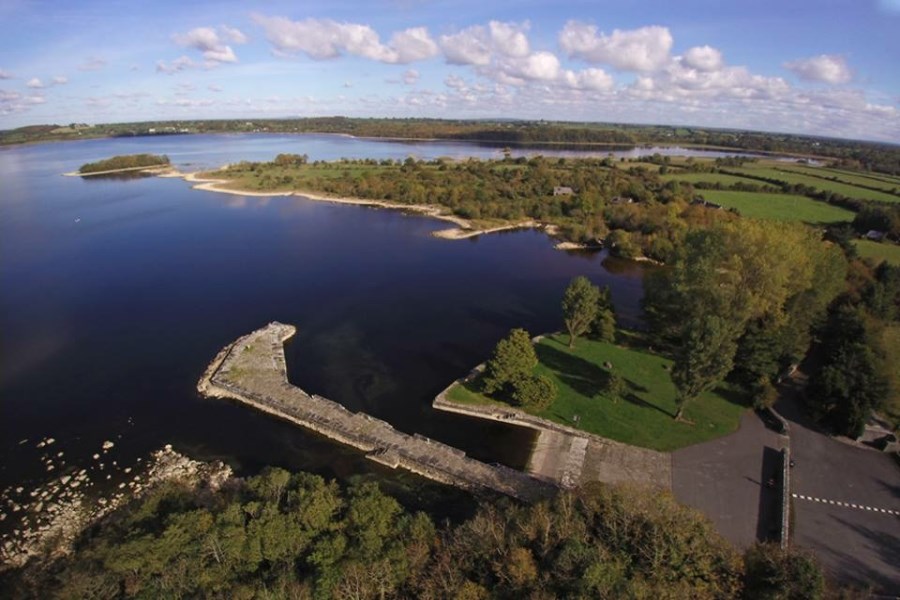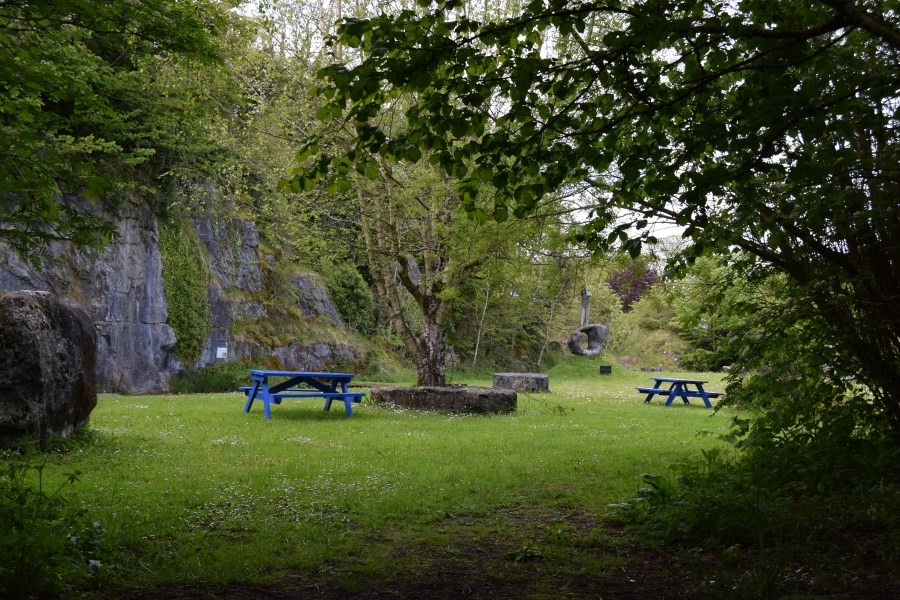Newtowncashel
A picturesque village near the shores of Lough Ree, Newtowncashel always proudly achieves a high mark in the National Tidy Towns Competition, being national winner in 1980. Newtowncashel won the overall title in 1980 and has come close on several occasions since. In 1998 they won the overall landscape award and were silver medal winners in 2004 & 2005. Newtowncashel has an abundance of lovely features most notable must be the well maintained stone walls. In many places, they are adorned by bog oak sculptures. These are the work of the very well known, local artists Michael and Kevin Casey.
On Saints Island, five minutes from the village, there is an ancient graveyard with many plaques commemorating the dead that lie here. The ruins of Elseet castle, which overlooks Lough Rea, is apparently near the site of the death of Queen Medhbh. Barley Harbour has boating and fishing facilities.

History of Newtowncashel
Newtowncashel probably acquired its name from the Irish word caiseal, which means stone fort. This usually indicates that there was once a stone fort in the area and in the case of Cashel this is almost certainly true. The remains of an ancient stone fort are still visible in the locality. The advent of Christianity brought to the area an increased historic significance with the founding of a monastic settlement on what was to become known as “The Island of the Seven Churches”. St. Diarmuid, the patron saint of Cashel, built the monastery around the period 540 A.D. On the island of Inisceleraun in the Shannon. It is believed that the “Island of the Seven Churches” was so named because, between the time of its founding to the date of it’s closing in 16th century, there were seven churches built there.
The Island of Inisceleraun has also been mentioned in Irish mythology as having quite a significant role. According to myth it is named after Clothra, the legendary Queen of Connacht. The Island is also the supposed death place of Clothra’s sister Meabh. The story goes that in her twilight years Meabh retired from her lengthy career of war and conflict to the solitude of this little Island. Apparently, she sat in the same spot every evening to watch the sun set, however one of her enemies, Furbuidhe, used this against her and killed Meabh with a slingshot from across the Shannon.
Newtowncashel was also the location of another monastery. Built by St. Kieran, sometime in the 4th or 5th century, this monastic settlement lent itself to the site being called “Saint’s Island”. The remains of this monastery can still be seen to this day.
After the Monks were forced to leave the Island of the Seven Churches by order of the king of England they then built what was then known as Cashel church on the banks of the River Shannon. Cashel church was built in the 16th century. The ruins of the original church can still be seen in the centre of the old graveyard.
Things to Do & See in Newtowncashel
Bogs in Newtowncashel

Aerial view of bogland - photo by Media Eagle
Many fine examples of virgin and cutaway bogs are to be found throughout the parish. Here you will find the curlew, snipe, skylark and herons in quiet meditation beside small water pools. The otter, fox and hares make their homes here. In mid-summer the bogs are a blaze of colour with cotton, orchids, ragged robin, cranberries, pitcher plant and mosses.
Carrowmore Woods
This state forest of pine and spruce is on the highest hill in the parish. Along its edge is to be found the mass pathway once used by the people of Elfeet and Cashel to go to and from Mass. Larger than Culnagore Wood, this wood also hugs the shore of Lough Ree and provides a wonderful place for long walks or leisurely strolls. Culnagore Wood (Wood of the Oak) is an ancient woodland and covers an area of 90 acres along the edge of Lough Ree. It contains many fine species of woodland flowers and at the northern end there is a colony of garden warblers, a small secretive bird rarely found or seen in Ireland. The wood is the perfect place for ramblers and walkers who can enjoy its peace and tranquillity.
Cashel Commons
This area is commonage covering approximately 200 acres of pasture and scrubland. It boasts easy walking routes which were formed by the movements of horses and sheep and affords the visitor magnificent views of Lough Ree. A wonderful array of bluebells is to be found here in spring in the Hazel Woods. Two well-preserved ring forts will interest the antiquarian.
The Islands
Four groups of islands are part of the parish of Cashel: the Black Islands; Clawinch, Priests’ Island and Inis Clothrann (or Quaker). The largest and most historic island on the River Shannon is Inis Clothrann. The name Clothra was the name of Queen Maeve’s sister and two landmarks on the island are Grianan Meidhbhe and Innod Marfe Meidhbhe. St Diarmuid founded a monastery on this island about the year 540 AD and the well-preserved ruins are to be seen in the area known as ‘The Moat’. On Saint’s Island can been seen the ruins of an Augustinian Saints Island: A lovely place for fishing and walking, where you will find the sixth century ruins of St Kierans Augustinian Abbey (St. Kieran was the first bishop of Clonmacnoise). This Monastery has survived up to the time of the suppression of the monasteries in the reign of Henry the VIII. Its most famous son was Augustine McGradion who compiled the Annals of All Saints here in the 15th century. This historic island can now be approached by a causeway.
Barley Harbour

Barley Harbour, a fine cut-stone harbour, offers safe mooring for boats along this lakeshore. The harbour also boasts a slipway for launching boats and has benches and lovely grassy areas for picnics, making it a perfect location for boating and swimming. Barley Harbour is a place where locals come to play, fish and engage in watersports. Sometimes pleasure trips are being organised (see local papers for details). Also, very close by is the workshop and studio of famous sculptors, Michael and Kevin Casey, who create sculptures in Bog Wood, many examples of which can be seen throughout the village.
Cashel Heritage Centre
Cashel Heritage Centre is located in a cottage on the main street of Newtowncashel which has been refurbished to display artifacts to show the rural life in the area at the beginning of the century. There is a good display of early farm machinery in the farmyard at the back of the building. Traditional Irish farmhouse with a parlour, kitchen and bedroom featuring furniture, tools, implements and utensils from the early 1930s. There is also a display of machinery from the turn of the century. For further information phone 00 353 43-25306.
Bogwood Sculptor Artists
Bogwood is found in Irish Bogs where it has been preserved for 5,000 years. This wood was part of the great forest that covered the central plains of Ireland. Michael and Kevin Casey are artists who create beautiful sculptures from this wood. Their workshop and studio is beside Lough Ree on the River Shannon. Here the story of bogwood is told through video, photographs, charts and finally the finished pieces of sculpture. For further information visit: www.bogwood.net
Castles in Newtowncashel
Five castles are recorded in the parish of Cashel Elfeet, Caltramore, Corool, Portanure and the castle of Baile Nui (Newtown). The ruins of Elfeet Castle can still be seen. George Calvert the owner of a small 15th century tower house became Governor of Maryland, USA and founder of the city of Baltimore. Tradition has it that it was from this castle that Forby flung the stone that killed Queen Maeve on Inis Clothrann Island. There are still some remains to be seen of Corool and Portanure Castles.
Lady Well and Mass Rock
Lady Well is situated in the townland of Derrydarragh. It is still visited by some people between the two Lady Days of the 15th of August and the 8th of September. No one knows how far back the pilgrimage to Our Lady’s Well goes but up to 1887 the 9th of September was a Holy Day of obligation in the parish of Cashel and a famous Pattern Day was frequented by people from near and far. During the dark days of the Penal Times the good people of Cashel had neither church nor chapel, but were compelled to assemble for worship under the broad dome of heaven. It is no accident that one of the mass rocks is situated very close to Lady Well, where it can still be seen in Derrydarragh. At the other end of the parish in Derryhaun there is another Mass Rock close to the edge of the bog. Location details here for Lady Well & Mass Rock.

Quarry Park
Quarry Park provides a natural setting for wildlife as well as providing an amenity area for the community with several picnic benches to relax. Newts and frogs are just some of the wildlife in the park. One wonders how much wildlife is actually living in the rock of the quarry along with the stone walls that border the village. Many birds could be heard in the Quarry Park and the Butterfly garden is humming from the sound of birds. The Quarry with its unspoillt natural surrounding provides a safe haven for all types of wildlife and this is evident as many birds can be spotted and heard as well as bees in the wildflower areas around the park.



